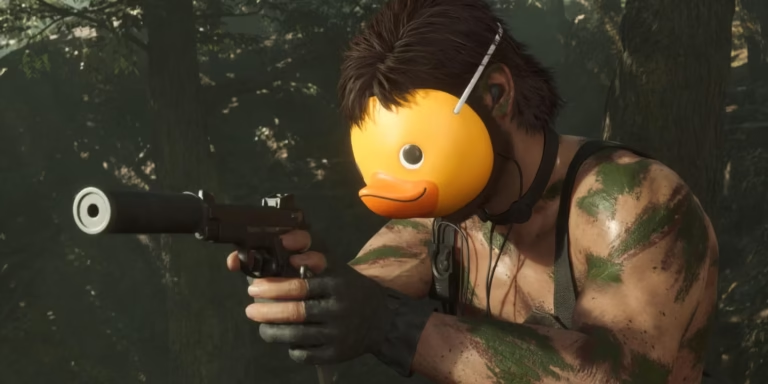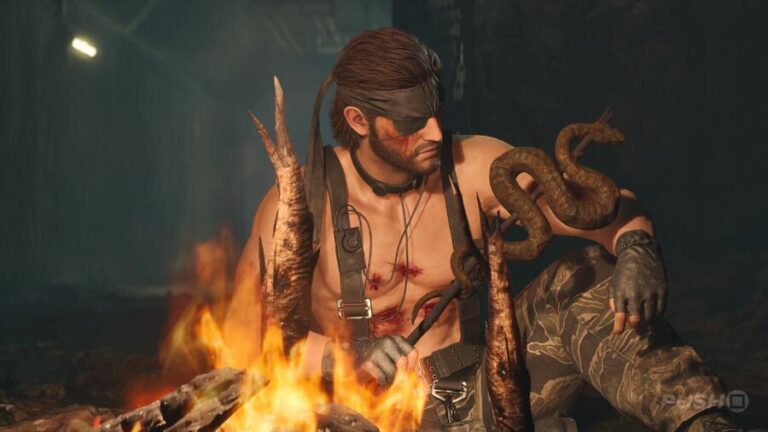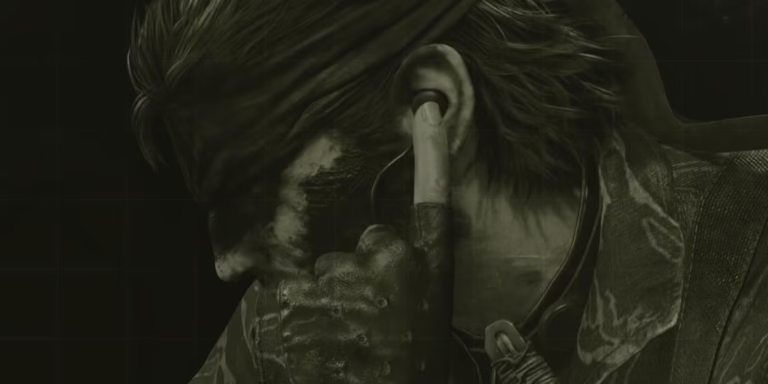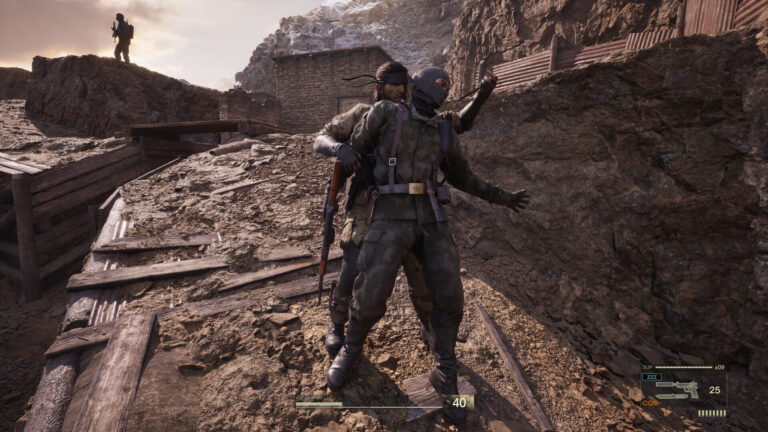
|
Getting your Trinity Audio player ready...
|
The upcoming Supernova 2025 tournament has sparked heated debate within the competitive Super Smash Bros. Ultimate community over its newly introduced anti-stalling rule. As one of the most anticipated fighting game events scheduled for August 2025, the rule aims to curb what many consider to be unsportsmanlike stalling tactics. However, this regulation has divided players and fans alike, raising questions about fairness, enforcement, and the impact on diverse character playstyles.
🎮 Level Up Your Game with Our Patreon! 🎮
- 📚 Early Access to Full Guides: Get personalized guides for your favorite games before anyone else.
- 🔍 Exclusive Analyses: Deep dives into top teams and game strategies just for you.
- 🏆 Join Tournaments: Compete in tournaments with cash prizes and exclusive in-game items.
- 💥 Be the First: Access the latest news and updates in the gaming world.
👉 Don’t miss out—join our Patreon today and become the ultimate gamer!

What Is the Anti-Stalling Rule?
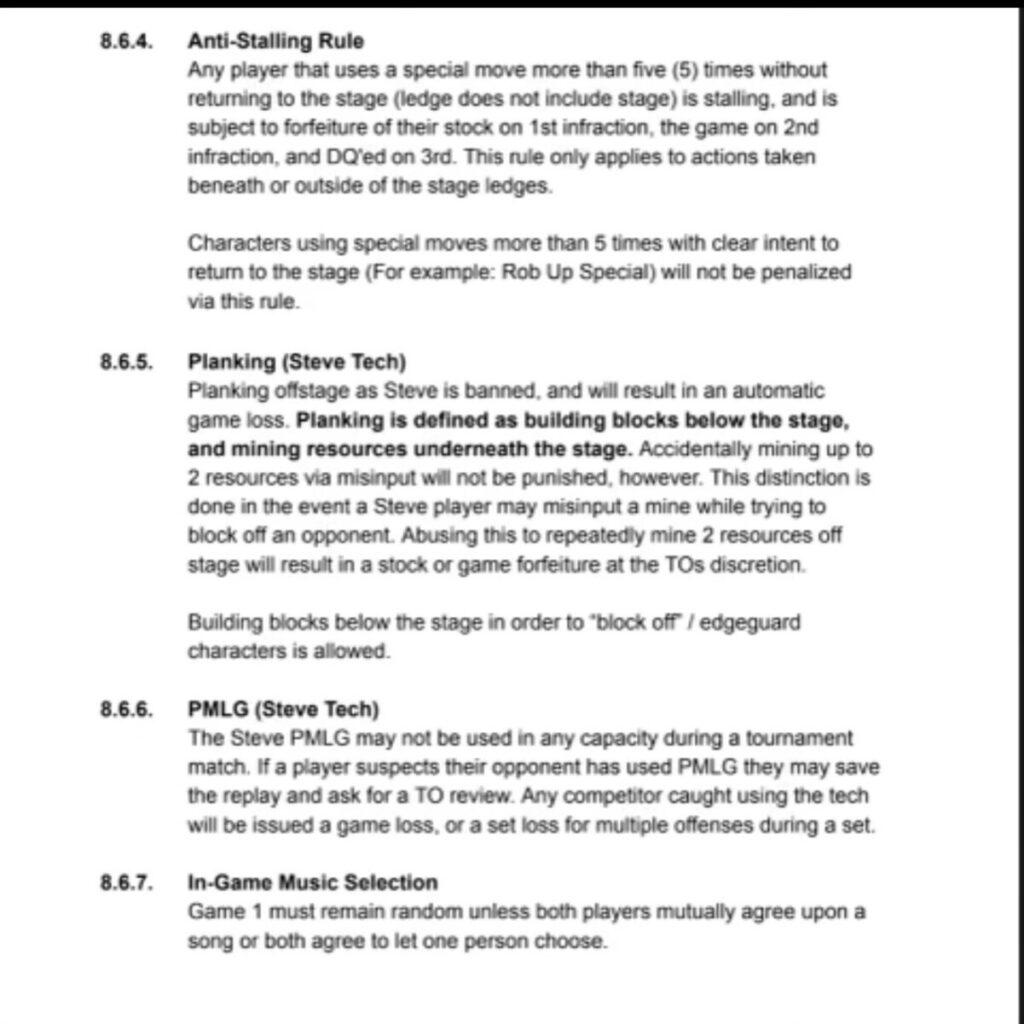
The rule states that if a player uses a special move five or more times without returning to the stage — excluding the ledge area — they are deemed to be stalling. This offense results in the immediate forfeiture of a stock. A second violation leads to losing the entire game, and a third infraction results in disqualification from the tournament.
Importantly, the rule clarifies that it only applies to actions performed beneath or outside the stage ledges. Players using special moves to simply survive and return to the stage are not penalized. For example, the rule mentions R.O.B.’s ‘Robo Burner’ Up Special, which involves flying with a jetpack, as a move that would be scrutinized under this policy.
Why the Rule Is Controversial
Juan ‘Hungrybox’ DeBiedma, a top player known for his Jigglypuff and iconic stalling gameplay, was among the first to voice concerns publicly. He argues that the rule risks penalizing legitimate playstyles, as many characters rely on off-stage movement and special moves to evade opponents and reset the pace of the match.
The key issue raised is that the rule is based on the number of special moves used off-stage, which could unintentionally punish natural defensive maneuvers rather than actual stalling. Characters like Bayonetta, Samus, Sora, and Pikachu have unique recovery techniques that might trigger the rule unfairly, possibly leading to accidental disqualifications.
Difficulties in Enforcement
Many players and spectators alike question how practical it will be for judges to enforce the rule in real-time. Mid-game calls regarding stalling can be subjective and difficult to interpret, potentially disrupting the flow and fairness of matches.
Some in the community suggest that a time-based rule — limiting how long a player can remain off-stage — might be a better solution, as it more directly addresses excessive delay rather than counting specific moves. Others feel that policing playstyles contradicts the spirit of competitive Smash, where adapting and using every character’s tools effectively is part of the game’s appeal.
Arguments for Keeping the Rule
Supporters of the anti-stalling rule argue it is necessary to prevent exploits from zoner characters like Min Min, who can abuse off-stage positioning to control the distance and frustrate opponents. For these players, the rule offers a clear standard: players can use stall tactics to return to the stage but cannot indefinitely delay the game or avoid engagement.
The rule also sends a message that tournaments are serious competitions where stalling strategies that slow down gameplay and reduce excitement will not be tolerated.
Community Consensus on Other Rules
Interestingly, the community has largely agreed with Supernova’s other rulings related to gameplay tactics, such as restrictions on Steve’s planking and tech, which have also been points of contention in recent Smash tournaments. This shows that while the anti-stalling rule is controversial, players are open to rule adjustments that promote a balanced and engaging competitive environment.
What’s Next for Supernova?
At this time, Supernova tournament organizers have not released further commentary on the anti-stalling rule or whether they plan to revise it. As the event approaches, all eyes will be on how the rule impacts gameplay and whether it strikes the right balance between fairness and maintaining competitive integrity.
In summary, the anti-stalling rule at Supernova 2025 has become a lightning rod for debate within the Super Smash Bros. Ultimate community. The rule’s intent to keep matches fast-paced and fair is clear, but its implementation raises questions about character diversity, enforcement practicality, and player creativity. Whether the tournament will adjust this policy remains to be seen, but one thing is certain: the discussion has sparked an important conversation about competitive balance in Smash esports.


